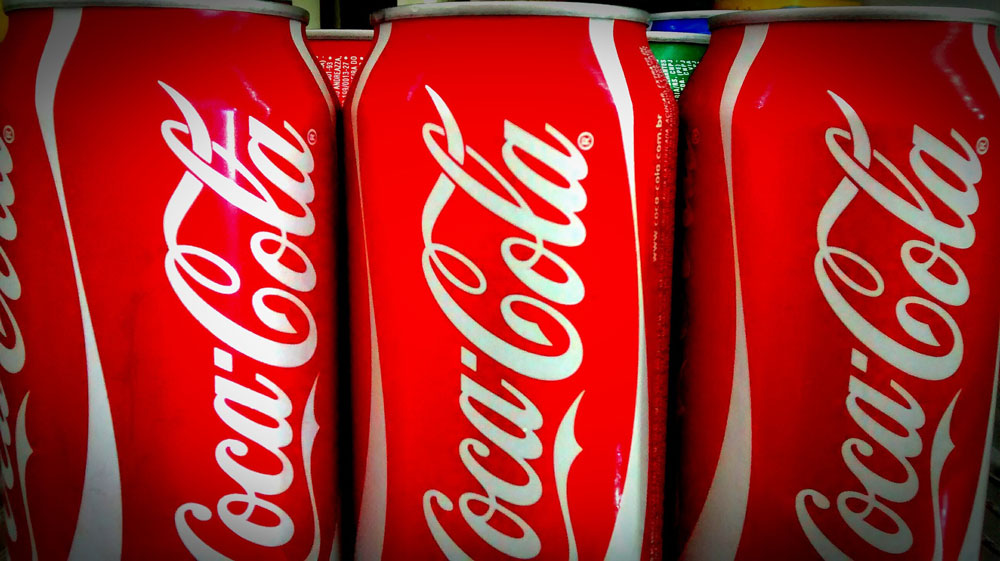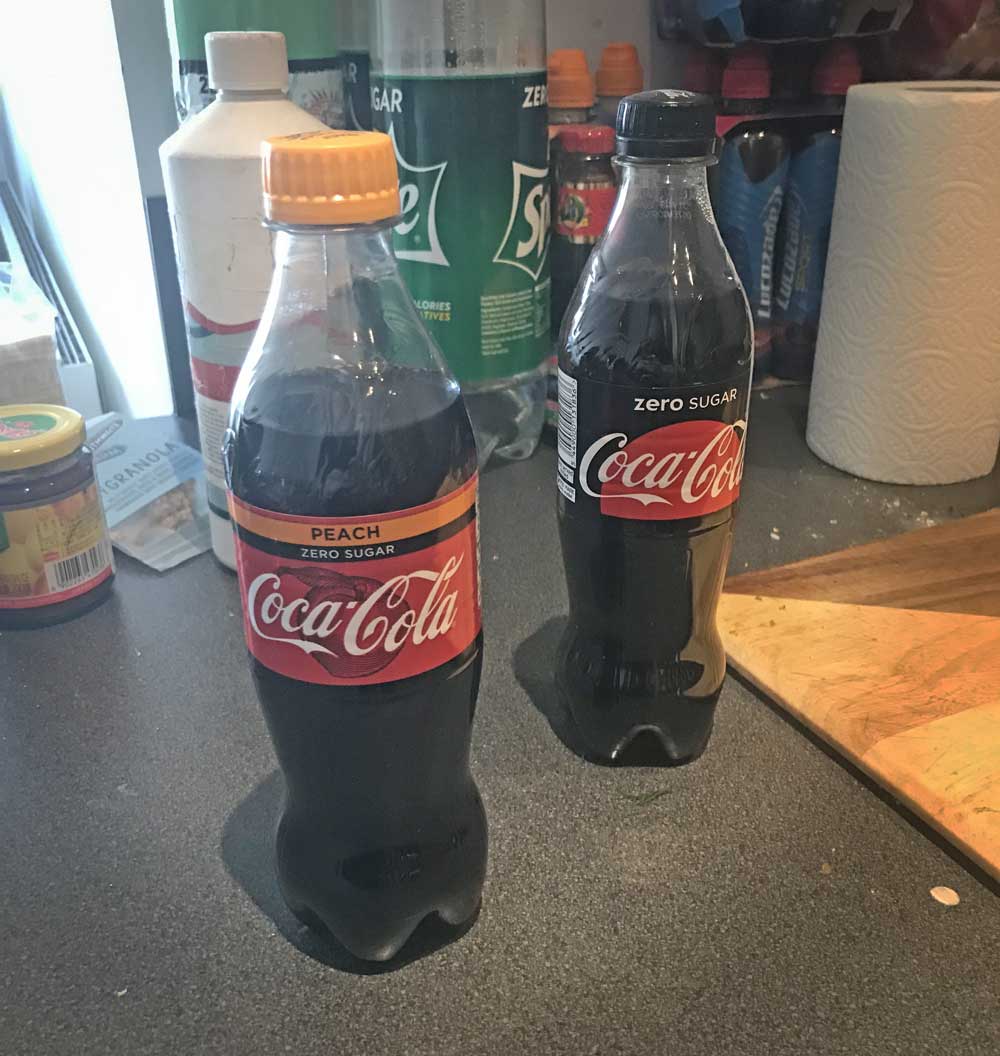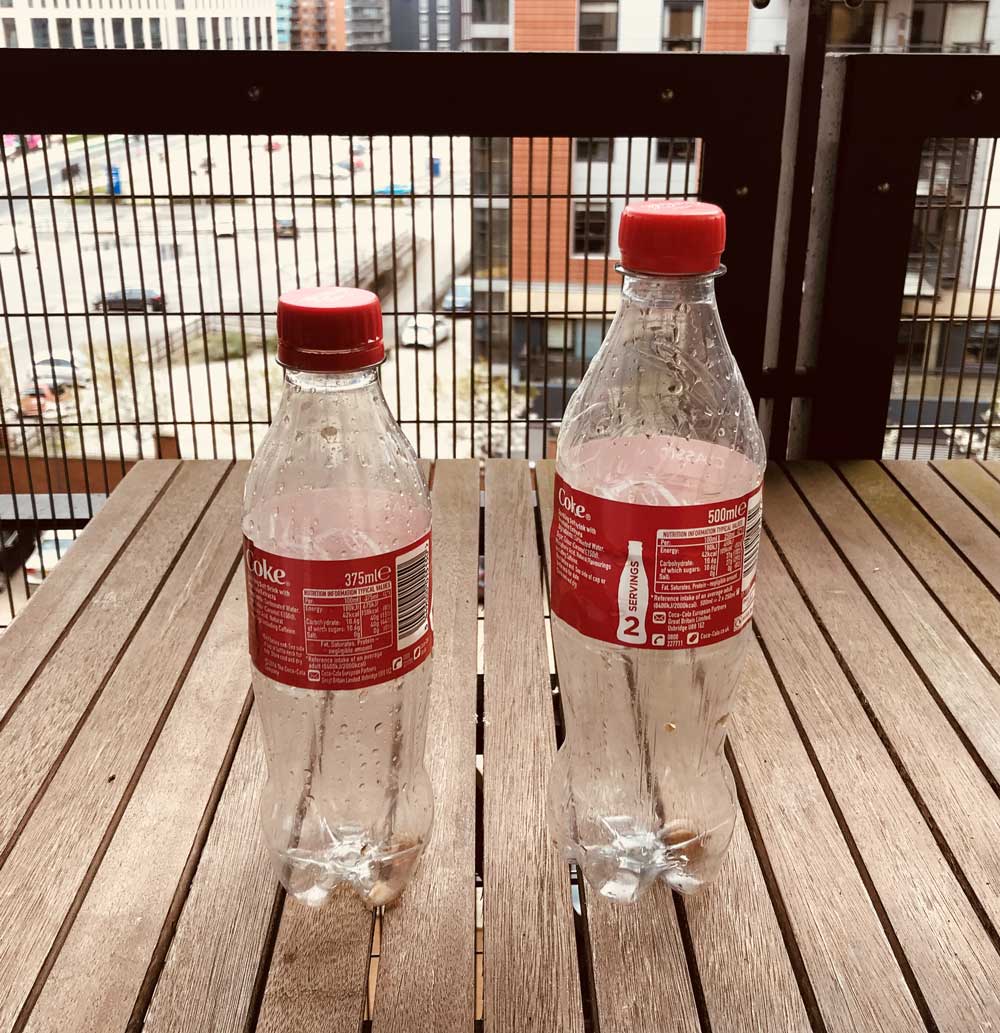Why can’t Coca-Cola avoid the sugar tax?
Monday, August 27th, 2018 | Distractions

Soft drink brands across the board have been reducing the amount of sugar in their drinks in order to avoid the sugar tax. But one brand remains unchanged. To understand why we need to do a short history lesson.
Earlier this year the UK introduced a new tax on sugary drinks. Any drink with more than 5g of added sugar per 100ml is now subject to a levy. Hence why the prices of many soft drinks have gone up, including having to pay more than the set-meal price at McDonald’s and meal-deal sandwich outlets.
To prepare for this, many companies have reduced the sugar content in their drinks to avoid the tax. Fanta, Ribena, Iron Bru and Lucozade have all made changes to this effect. But one brand hasn’t changed: Coca-Cola Classic.
Why is this? Is it because the Coca-Cola Company doesn’t want to? Certainly not. Fanta is a Coca-Cola Company brand and they have changed the recipe for that. But Original Coke remains unchanged because simply put, they can’t change it.
The Pepsi Challenge
The story starts in 1975. Coca-Cola is the leading carbonated soft drink in the world. But a competitor, PepsiCo, is about to strike gold with a marketing campaign.
They presented consumers with two white cups filled with cola. One had Pepsi in and one had Coca-Cola in. Each person drank both cups and selected the one they preferred. It was a blind taste test. And, as it turned out, when you don’t know what you are drinking, most people prefer Pepsi.
PepsiCo realised they were onto a winner and began to shout to the high heavens about it. They ran TV commercials showing it happening. And their sales went through the roof. Within five years, they were within striking distance of becoming the number one soft drink.
Coca-Cola responds
The Coca-Cola Company’s own tests confirmed what the Pepsi Challenge suggested: that people preferred the taste of Pepsi. So, they began working on a new version of Coke that would cater to people’s tastes.
In April 1985, New Coke was launched.
This wasn’t some small viral campaign they hoped would later catch on. Coca-Cola went big. They stopped making their original formula entirely. They poured money into advertising: so much money that by the end of the campaign, more Americans knew about New Coke than knew who the US President was.
Backlash
Despite some initial success, many of Coca-Cola’s customers rebelled.
They didn’t just stop buying it. They sent letters. And made phone calls. And founded campaigning organisations like the Old Cola Drinkers of America. They tracked down companies that had stockpiles of original Coke and started making long-distance road trips to get their hands on some. They even filed a lawsuit against the company in an attempt to get them to change it back.
Eventually, Coca-Cola was forced to cave in. 78 days after launching New Coke, they announced that the original formula was going back into production under the name of Coca-Cola Classic. Sales skyrocketed while New Coke was re-named to Coke II and the finally killed off altogether.
It remains one of the most eminent cautionary tales in marketing.
And that’s why they can’t change it
The Coca-Cola Company will not change the sugar content of their Classic drink because they can’t risk it. After one of the biggest disasters in marketing history, it’s just too risky for them to alter it. So risky that they would rather risk losing market share because of a sugar levy that only hits their drink and not that of the competition than they would risk tweaking the formula and possibly another backlash.

Soft drink brands across the board have been reducing the amount of sugar in their drinks in order to avoid the sugar tax. But one brand remains unchanged. To understand why we need to do a short history lesson.
Earlier this year the UK introduced a new tax on sugary drinks. Any drink with more than 5g of added sugar per 100ml is now subject to a levy. Hence why the prices of many soft drinks have gone up, including having to pay more than the set-meal price at McDonald’s and meal-deal sandwich outlets.
To prepare for this, many companies have reduced the sugar content in their drinks to avoid the tax. Fanta, Ribena, Iron Bru and Lucozade have all made changes to this effect. But one brand hasn’t changed: Coca-Cola Classic.
Why is this? Is it because the Coca-Cola Company doesn’t want to? Certainly not. Fanta is a Coca-Cola Company brand and they have changed the recipe for that. But Original Coke remains unchanged because simply put, they can’t change it.
The Pepsi Challenge
The story starts in 1975. Coca-Cola is the leading carbonated soft drink in the world. But a competitor, PepsiCo, is about to strike gold with a marketing campaign.
They presented consumers with two white cups filled with cola. One had Pepsi in and one had Coca-Cola in. Each person drank both cups and selected the one they preferred. It was a blind taste test. And, as it turned out, when you don’t know what you are drinking, most people prefer Pepsi.
PepsiCo realised they were onto a winner and began to shout to the high heavens about it. They ran TV commercials showing it happening. And their sales went through the roof. Within five years, they were within striking distance of becoming the number one soft drink.
Coca-Cola responds
The Coca-Cola Company’s own tests confirmed what the Pepsi Challenge suggested: that people preferred the taste of Pepsi. So, they began working on a new version of Coke that would cater to people’s tastes.
In April 1985, New Coke was launched.
This wasn’t some small viral campaign they hoped would later catch on. Coca-Cola went big. They stopped making their original formula entirely. They poured money into advertising: so much money that by the end of the campaign, more Americans knew about New Coke than knew who the US President was.
Backlash
Despite some initial success, many of Coca-Cola’s customers rebelled.
They didn’t just stop buying it. They sent letters. And made phone calls. And founded campaigning organisations like the Old Cola Drinkers of America. They tracked down companies that had stockpiles of original Coke and started making long-distance road trips to get their hands on some. They even filed a lawsuit against the company in an attempt to get them to change it back.
Eventually, Coca-Cola was forced to cave in. 78 days after launching New Coke, they announced that the original formula was going back into production under the name of Coca-Cola Classic. Sales skyrocketed while New Coke was re-named to Coke II and the finally killed off altogether.
It remains one of the most eminent cautionary tales in marketing.
And that’s why they can’t change it
The Coca-Cola Company will not change the sugar content of their Classic drink because they can’t risk it. After one of the biggest disasters in marketing history, it’s just too risky for them to alter it. So risky that they would rather risk losing market share because of a sugar levy that only hits their drink and not that of the competition than they would risk tweaking the formula and possibly another backlash.

